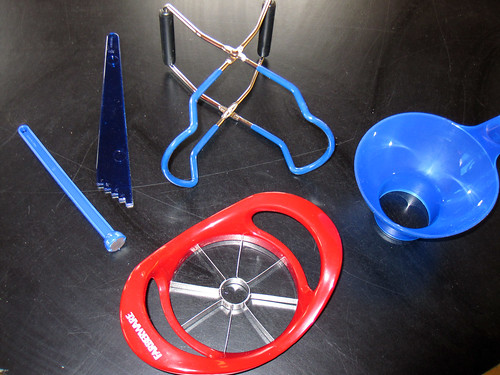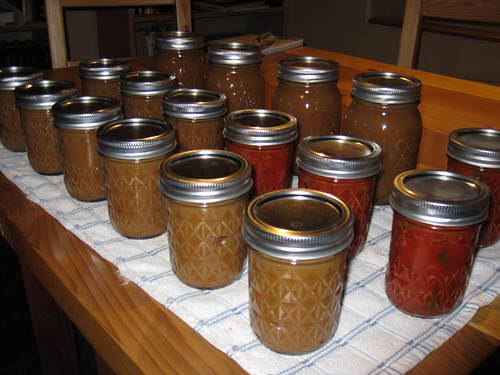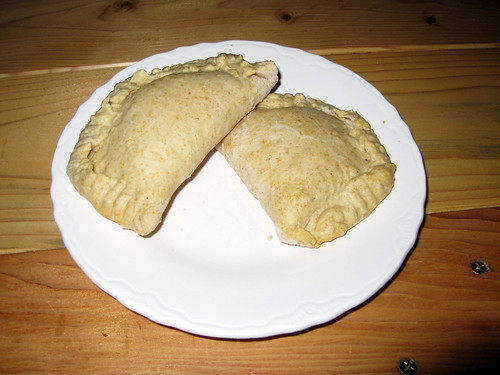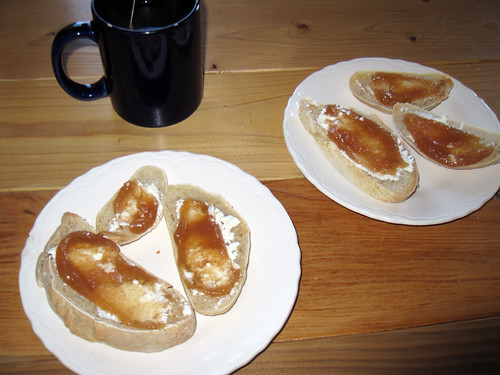Often when I talk about food, the subject of cooking comes up. People say something like “Yeah, well, if I could cook like you, I’d eat better (or make better food choices).”
Well, I’m here to tell you that anyone can cook.
When I think about people who I know that are reading this, they mostly fall into two groups: people who knew me before I could cook and can’t imaging me cooking (pre-Africa) and people have known me since and therefore think I have always been a good cook. The truth is that for most of my life, I did not cook. I ate out a lot, and when I tried to cook, it was mostly to heat up simple already-prepared food (and even that didn’t always work out).
So what turned me into a good cook? I have no idea really, except for a desire to learn and lots of good resources (Food TV, YouTube, many good cookbooks, great magazines).
Now that I can cook, I can’t imagine what all the fuss is about. With only a few exceptions (e.g. souffles), most of the stuff I make is very basic. Many dishes involve only a few ingredients and follow the same basic steps. For example, all the soups I make are basically the same. Start with sauteing onions and garlic; add a tablespoon of flour; whisk in broth or milk; add whatever the soup is (potatoes, squash, tomatoes, leaks, etc.) and use an immersion blender.
And now that I do cook, I’d almost always rather cook something that eat out.
I am so convinced that anyone can cook that I have thought about starting my own line of cooking videos. All it takes is a little time and the willingness to succeed. (A few other people I know who have recently started cooking more have verified this.)
And the pay-offs are worth it. Not only will you save money, but you’ll enjoy your food more and eat healthier.
The food served in restaurants is loaded with extra fat, sugar, and salt. Even store-bought prepared food is not the healthiest. The further you get from whole foods, the harder to know where your food came from and what exactly is in it.
If you are interested in making healthy and satisfying food choices, but don’t currently “think you can cook,” give it a try. I think you’ll be glad you did.











